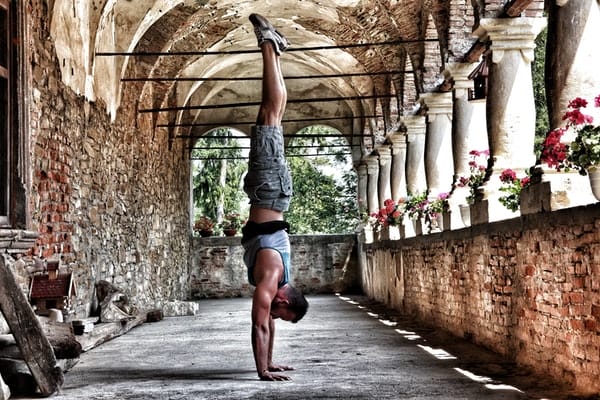
Yoga is an easy fitness goal. Find which yoga practice fits your plans to improve stretch, flexibility, and mental relaxation for easy yoga resolutions.
Starting a yoga practice may be foremost in many people’s minds as an easy fitness start to the New Year or their new self. Yoga has gotten to be mainstream, with many considering it or, at the minimum, dressing in yoga attire to go to the supermarket. Here is how to begin a new yoga year with simple resolutions that won’t disappoint.
Choosing the First Yoga Class
Fortunately, many yoga schools have a first free class. If it isn’t advertised, ask about it. That said, don’t form any lasting permanent opinions about yoga from that first session. Much depends upon the teacher, the style of the class, the room, the fellow students, and how full your stomach was on that first day. Seriously, yoga on a full stomach prevents easing into some positions and causes extra pressure when folding the body over itself.
If this is first-time yoga, resolve to start with an open mind and try a few different classes. Suggestions follow to help this entrance into yoga.
- Select a class called gentle yoga or relaxing yoga if exercise or movement hasn’t been a part of your life for the past year.
- Restorative yoga is a good selection if you have a known injury or otherwise go to some form of rehab or a chiropractor. Likewise, Iyengar yoga uses props to help enter poses and eases the transition into a moment for those who feel stiff or have injuries or other issues.
- Ashtanga and power yoga are for those who want athletic yoga and don’t want to be hampered in practice with too much lying on the floor. Both types of yoga utilize a certain degree of strength and athleticism but can be enjoyed by beginners.
- Hatha or Hatha flow yoga is an excellent combination of ease and exercise for the new practitioner. Often each pose can be done on several levels to provide the experienced practitioner and the beginner a chance to participate.
- Kundalini is a more spiritual practice but, of course, has poses and postures to learn.
- Bikram has the advantage, like Ashtanga, of using the same set of sequences in every class to quickly learn the course’s pattern. Bikram is practiced in a very heated room. The heat helps the body become more flexible quickly and has both supporters and foes.
- There are further variations of yoga classes, including stretch yoga, Pi-Yo (a yoga and Pilates combo), as well as laughter yoga, yoga with your dog, and numerous popular derivations here in the west.
How to Do a Deep Stretch or How to Have Your Fingertips Touch the Ground
Setting a goal of improved flexibility should be on the list, whether it’s fingertips to the ground or heels down on the floor in the down dog (see photo). Some people are naturally flexible, but all have to work to maintain a modicum of limberness.
- Use the breath to achieve this goal by deeply inhaling in mountain pose (standing pose) and stretching higher toward the sky with the belly pulled in as you flow forward and out of the body toward the floor. It is different from crumbling over the stomach toward the ground. It hurts the upper body from the hips down.
- Never bounce and force it, but with each inhale, push forward to the floor with an exhale.
- In a down dog, walk the dog, that is, move the balls of the feet one at a time, pressing down to the heel. Feeling the heel on the floor is the first step toward maintaining the heel on the ground.
- Lengthen or decrease the distance between the hands and feet in this pose as needed to get the heels on the floor.
- Stretches need to be practiced in some form every day to maintain mobility. Watch a cat or dog stretch as they awaken and understand the need to practice frequently.
Change your Mind, Easing the Brain, Kindness to Yourself in Yoga Meditation
Starting present in the here and now is a gift to oneself. If only a few minutes a day or a week, practice this year to clean out the busy mind by either chanting in class or emptying thoughts during savasana.
Zen yoga focuses on the present, although all yoga does. Any physical exercise requires concentration and letting go of outside stimulation. The brain needs downtime to refresh and approach life on a new scale. Focusing inward doesn’t mean thinking only of yourself but not thinking. Experiment with being in the moment. This, too, is a vital yoga goal.